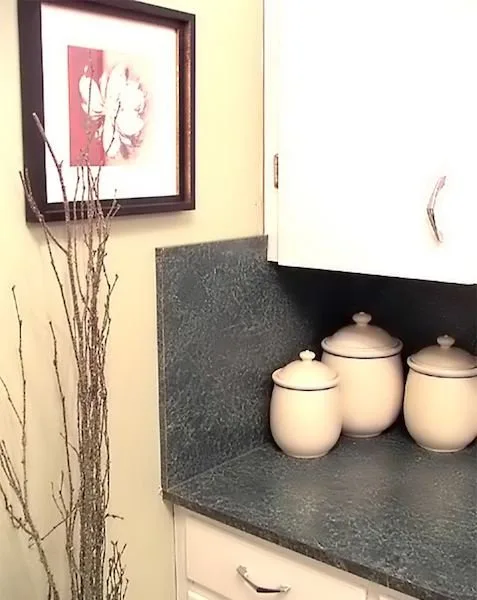Table of ContentsShow
Just because a room is small, that doesn’t mean it has to feel small. A few choice painting decisions can make the most of small room spaces, and give the feeling of the space being larger than it actually is.
Maximize Small Room Spaces with these Top 5 Painting Choices
Just because a space is small, it doesn’t have to feel small. Small room spaces can be made to feel more expansive with a few careful painting choices.
Small room spaces don’t need to feel small. With a few smart painting choices, you can make the most of small rooms and add a feeling of expansiveness to otherwise seemingly cramped quarters. Consider these top five painting ideas for maximizing small spaces.
1. Lighter Colors
Choose lighter rather than darker colors to make a small space feel larger. Dark colors absorb light, making a small space feel dark and cramped.
Bright colors, in particular, add a reflective quality to the walls that also make a small room feel more open and spacious by making the most of the light in the room.
Softer more natural color schemes for small spaces also tend to produce a more open and inviting feel than sharper, bolder colors. If there’s a view out of the room’s windows, try matching your color scheme to those in the view. This will create a flow that draws the eye outside and makes the room feel more like a part of the great outdoors.
2. Complementary Colors
Choose complementary colors rather than contrasting colors. Contrasting colors make the walls seem more apparent, and therefore, imposing.
To make the most of the small room spaces, you want to create the illusion of expansiveness and flow. Colors that complement one another fulfill this role. Contrasting colors just make you more aware of the walls.
The exception to this rule is if you want to paint your molding and trim a contrasting color to the walls. If you paint the trim and molding even brighter than the walls, it gives the impression of the walls being set back further than they actually are and of the overall space being wider and deeper.
3. Simplicity in Design
Painting pretty patterns on the walls also serve only to make you more aware of the walls’ presence.
Painting patterns and designs on the walls may make the room feel more artful, but it will also make it acutely apparent where the borders of the room lie.
If solidly painted walls bore you, try subtle design approaches like sponge painting highlights in a different shade of the same color or one of a complementary color.
4. Complementary Furnishings
For the same reason that complementary colors create the appearance of a more open space than contrasting colors, complementary furnishings create that appearance better than contrasting furnishings.
If the colors of your furniture blend in with the colors of your walls, the energy in the room will seem to flow better, and the room will feel less cluttered and cramped. If the furniture colors pop out at you, however, they stand out more and show how much they encroach on the available space.
You can still add a little color contrast and depth to the room without giving the unwanted impression of confinement by picking accents and accessories in contrasting colors, like pillows, lamps, and area rugs.
5. Bright Ceiling
In rooms with low ceilings, paint the ceilings white to create the illusion of height. If you’d rather the ceiling simply add to the general, overall expansiveness of the whole room, then paint it a light color other than white. Make sure it’s a lighter color than you’ve chosen for the walls.
Other Tips for Making the Most of Small Room Spaces
There are many other ways to make the most of small living spaces besides painting choices, including several ways to use lighting and mirrors to fool the eye intomaking a room look bigger.









